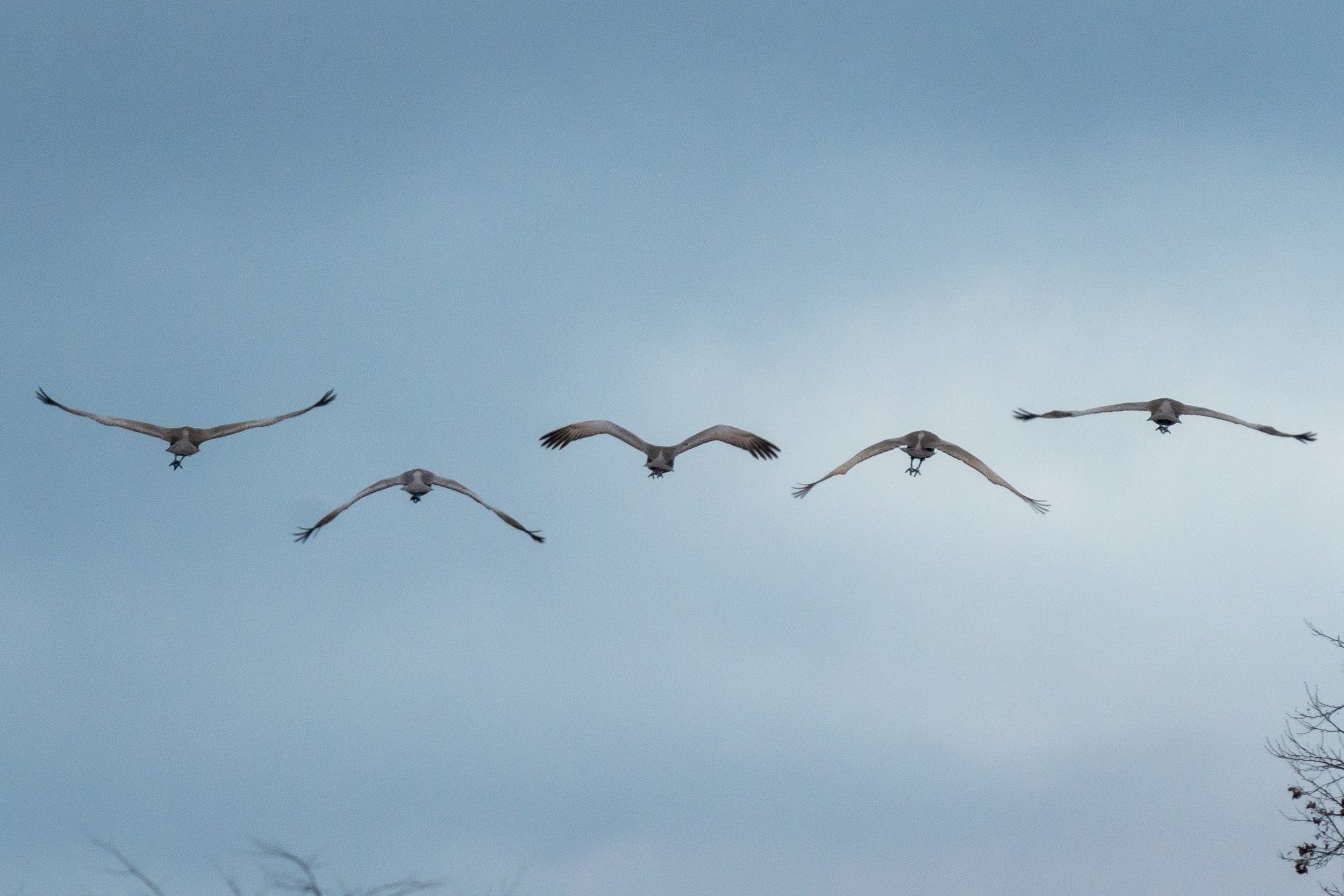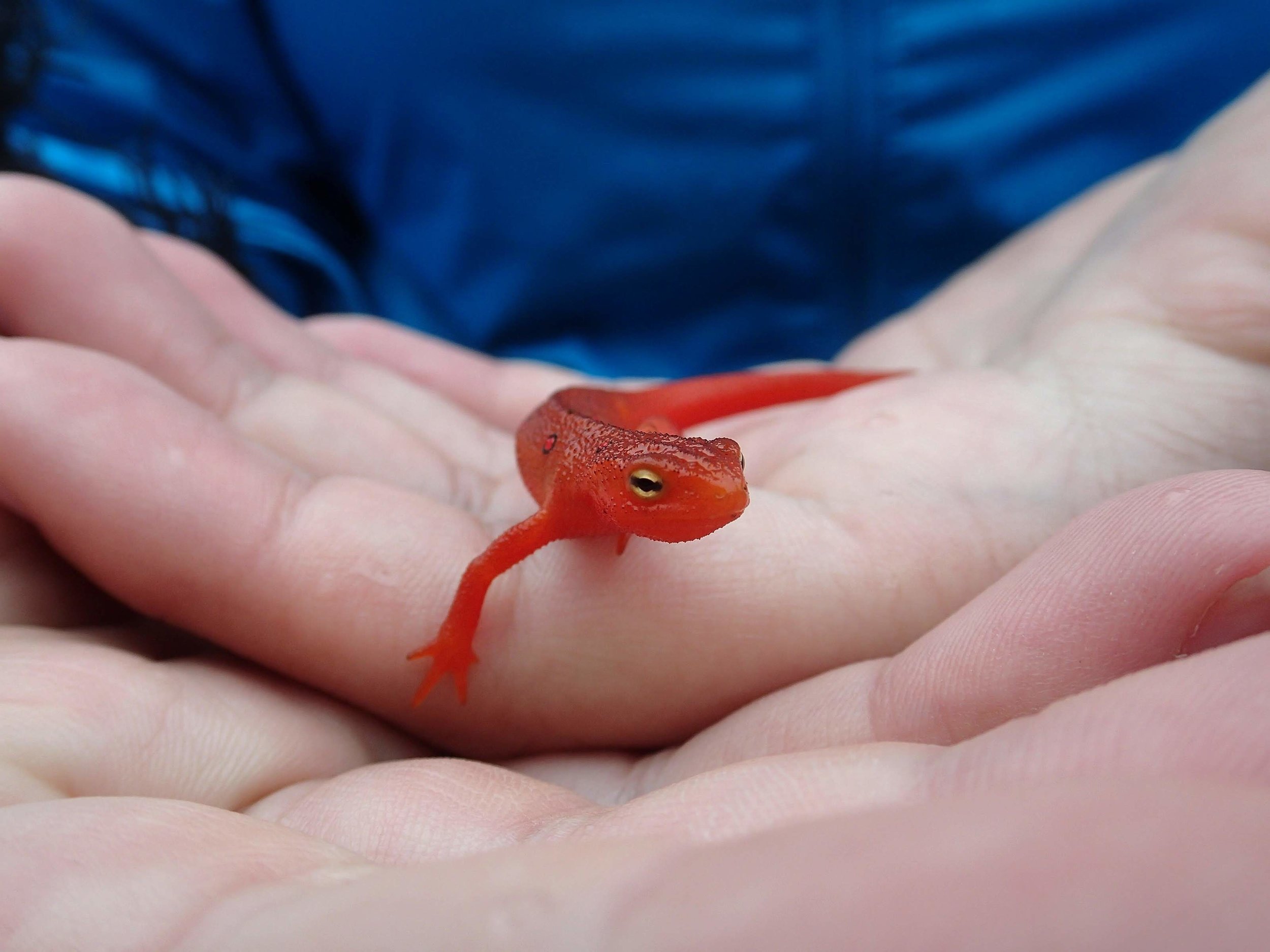

Signs of Spring at BRDC
March 20 marks the beginning of spring for the Northern hemisphere. It’s the vernal equinox; the day the sun rises on the North pole, we start having more than 12 hours of daylight, and the halfway point between the solstices. As the temperatures rise and the soil wets, new signs of life appear all around! Keep reading for some early spring appearances we've noted on campus.

Spruce Juice: How to Make Spruce Tea
Looking for some natural relief this cold and flu season? Try making spruce tea! Spruce tea is rich in vitamin C, a natural immune-booster, and its bright and citrusy flavor tastes a lot better than cough syrup.

Fraser Firs in the Wild
So what’s the story behind Christmas trees? What species do we use for this treasured holiday tradition, and where do they come from? Read on and find out!

All it's Clocked Up to Be: Circadian Rhythms
Have you noticed that the days are getting shorter? You’re not the only one! We’re a little under two weeks away from the winter solstice, and subtle seasonal shifts like cooler temperatures and shorter days affect plants and animals (including humans!) in significant ways. Keep reading to learn about circadian rhythms and how animal and plant behavior changes throughout the year!

Out of Season Happenings
If you’ve ever thought that a warm November day feels more like spring than fall, you’re in good company. Many species depend on specific environmental cues to trigger physiological and behavioral changes.

The Rain Did NOT Dampen the Weekend
The 45th Annual Mount Rogers Naturalist Rally, held May 10th-12th was a big success!

Students Study Whitetail Deer impact on forest understory
Through the cooperation of Matthews State Forest and forester Zack Olinger, and along with Alan Webb (Ag teacher), and Rachelle Rasco (stem lab manager) from Carroll County High School, BRDC initiated a research project at one of the two deer exclosure sites on MSF. This project is expected to encompass not only this fall semester, but also a spring 2016 return visit or two for further comparisons.